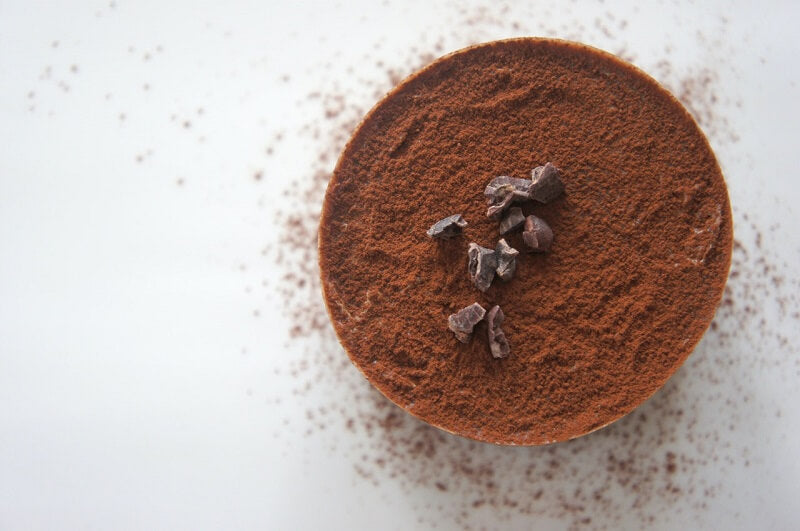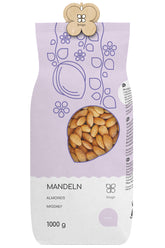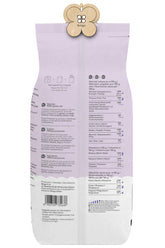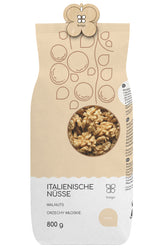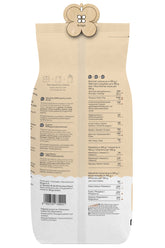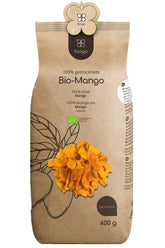Carob: Chocolate for the poor or a whole new quality?
Carob is often touted as a "healthy substitute" for cocoa (although you should probably ask yourself: What's so unhealthy about cocoa? After all, it's a superfood!). For this reason, many people who try it for the first time are disappointed, to say the least: The taste of carob, although it may be vaguely associated with chocolate, is actually completely different. Different doesn't mean worse or worse!
Whether carob is truly a worthy substitute for chocolate is a matter of debate. However, there's no doubt that it's a healthy nutritional supplement: It's rich in phosphorus, calcium, and other minerals. It's also vegan, completely caffeine- and gluten-free, naturally sweet (with a delicate malty aftertaste)... It has many benefits! It's a shame that many people ignore them and complain that they're just "low-quality cocoa."
Where does carob come from?
Carob is still relatively unpopular in Poland and rarely used worldwide (sometimes called locust bean, while its real name is carob - we admit, it doesn't sound very encouraging!) It has been known for millennia. It is a plant that has grown and been cultivated since ancient times in the Mediterranean, some areas of South America, and the southern part of North America. The carob tree is an evergreen and very drought-tolerant plant. Its fruits are large pods containing seeds which, when ground, produce carob gum, most often found in Polish health food stores - our organic store also offers it! However, its uses do not end there: carob is also used to make syrup (mainly used as a food additive, but in places where carob trees grow abundantly, for example, in Cyprus, it is also used as a remedy for sore throats and coughs).
Carob : what is it eaten with?
It's worth remembering that carob doesn't taste exactly like chocolate—and many people believe this has nothing to do with its taste. It's sweeter and lacks the characteristic chocolate bitterness, which is why carob pastries and jams often don't need to be sweetened at all (which is another reason it's considered a healthy substitute for cocoa!). If you're craving carob bean gum, start by replacing half of the cocoa powder in your recipe with carob bean gum: this way, you'll gradually get used to its unique flavor. Gradually, you can move on to replacing cocoa entirely with carob, wherever you find it most suitable.
Why is it worth trying carob ?
Let's face it: Carob, like (probably) chocolate, is probably not eaten enough to be considered a particularly important part of our daily diet. However, it's worth paying attention to for other reasons, the most important of which is the humanitarian aspect. Carob can be a substitute for cocoa, which is often produced in violation of fair trade principles and frequently involves child labor. If you avoid chocolate of unknown origin because you don't want to contribute to human suffering, carob—preferably fair trade—is a great choice!
THE PUBLISHER'S CHOICE
Almonds 1 kg BIOGO
- £11.00
£13.00- £11.00
- Unit price
- / per
Walnuts 800 g BIOGO
- £8.00
£10.00- £8.00
- Unit price
- / per
Dried organic mango 400 g BIOGO
- £10.00
- £10.00
- Unit price
- / per
Dried White Mulberries 500 g ORGANIC
- £6.00
£7.00- £6.00
- Unit price
- / per
Dried organic figs 800 g BIOGO
- £27.00
- £27.00
- Unit price
- / per
Unpeeled buckwheat groats 1 kg BIOGO
- £3.00
£3.00- £3.00
- Unit price
- / per
Organic coconut flakes 500 g BIOGO
- £9.00
- £9.00
- Unit price
- / per
Organic oat flakes 600 g BIOGO
- £4.00
- £4.00
- Unit price
- / per
Organic cashew nuts 1 kg BIOGO
- £18.00
- £18.00
- Unit price
- / per
Milk thistle seeds 1 kg BIOGO
- £4.00
- £4.00
- Unit price
- / per




















































































































